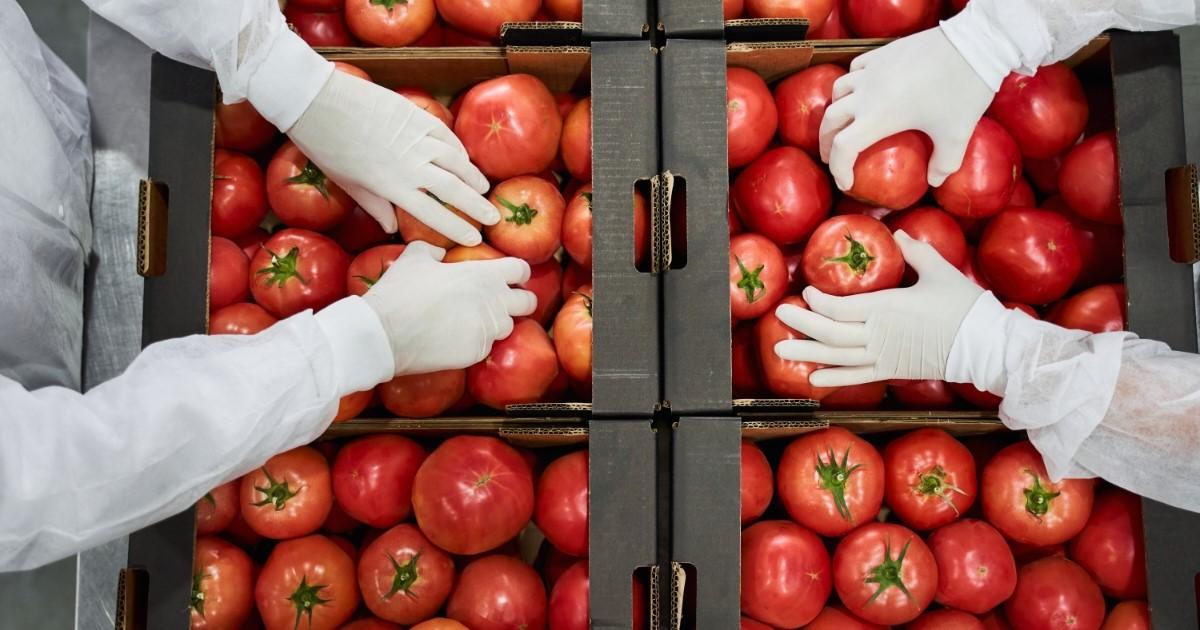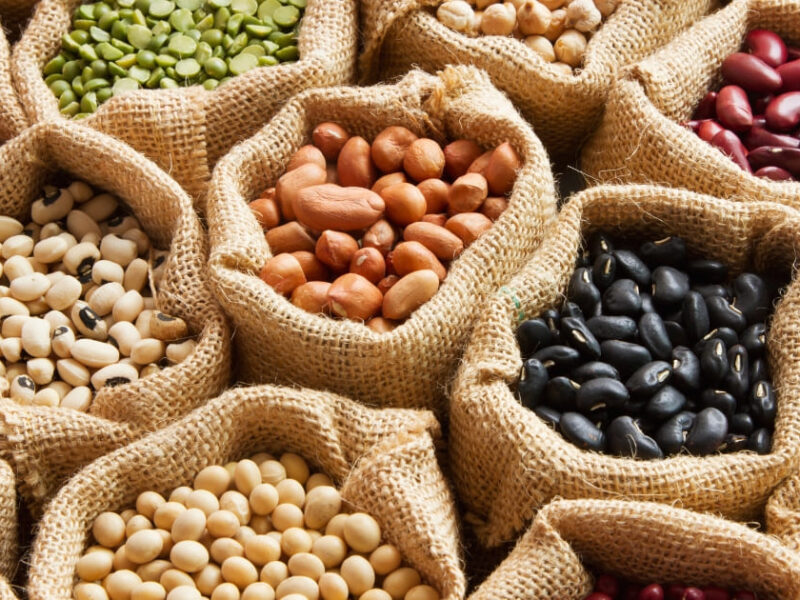
The Impact of Rising Food Costs: What’s Next for Menu Pricing
- Increased Labor Costs
- Higher Ingredient Prices Due to Inflation
- Supply Chain Disruptions
- Cost of Goods Sold (COGS) – Why It Matters for Menu Pricing
- What is COGS?
- How to Calculate COGS
- Why COGS Is Important
- The Effect of Rising COGS on Menu Pricing
- Why Transparent Communication is Essential for Customer Satisfaction
- Saving on Food Costs
In recent years, restaurant operators have grappled with various challenges, from inflation and labor costs to ongoing supply chain disruptions. As these pressures intensify, the rising cost of food has become a crucial issue, prompting restaurants to reassess their menu pricing strategies. Finding the balance between maintaining profitability and keeping customers satisfied has never been more important.
Let’s examine the main drivers of rising food costs, explore how effectively managing the Cost of Goods Sold (COGS) can help, and offer strategic insights on adjusting menu pricing to address these ongoing challenges.
Factors Contributing to Rising Food Prices
Starting with the COVID-19 pandemic, food prices across the U.S. began to shift and have steadily increased the gap between grocery prices and the cost of eating out.
Some of the factors contributing to price increases in the restaurant industry:
Increased Labor Costs
Labor costs in the restaurant industry have skyrocketed, driven mainly by a push for higher minimum wages coupled with a tight labor market.
With labor shortages still being a significant challenge, many restaurants are forced to increase wages and offer additional benefits to attract staff. These higher labor expenses, often 30% or more of a restaurant’s total costs, put significant pressure on profitability.
Higher Ingredient Prices Due to Inflation
Inflation has increased the cost of ingredients, with food prices rising faster than overall inflation. The result? Restaurants are paying more for everything from meat to produce, which impacts their bottom line. Here are some key figures:
- The National Restaurant Association reported that average wholesale food prices stood 4.3% above their year-ago level in July.
- According to the USDA, prices for food away from home grew faster in the last decade than those for food at home and the overall inflation rate.
- Even though the annual inflation rate in the US slowed for a fifth consecutive month to 2.5% in August 2024, rising costs are still impacting some food products.
- The latest consumer price index published by the US Bureau of Labor Statistics reports that the index for meats, poultry, and fish rose 0.8 percent in August, while the index for eggs increased 4.8 percent. The dairy and related products index increased 0.5 percent over the month.
Supply Chain Disruptions
The lingering effects of the pandemic, ongoing geopolitical issues, and transportation delays have disrupted the global supply chain.
The global shipping industry has been experiencing a freight recession, directly impacting supply chains. Delays in delivering raw materials and finished products have left restaurants struggling with inventories. Shipping costs have increased, and specific ingredients have become scarce, further pushing prices up.
Cost of Goods Sold (COGS) – Why It Matters for Menu Pricing
COGS is a fundamental concept for any restaurant owner to understand and manage. It refers to the total cost of ingredients and raw materials needed to produce the menu items sold. Monitoring COGS is crucial for maintaining profitability, especially as prices increase.
What is COGS?
COGS is the direct cost attributed to the production of menu items. It includes everything from produce and proteins to seasonings and other ingredients used to prepare meals. However, it doesn’t cover overhead costs like rent, utilities, or labor.
How to Calculate COGS
Calculating COGS can be done using a simple formula:
For example, if a restaurant starts the month with $5,000 of ingredients, buys $2,000 more, and ends with $3,000 of inventory, its COGS is $4,000.
Why COGS Is Important
COGS directly impacts a restaurant’s gross profit. The lower the COGS, the higher the gross profit margin, allowing restaurants to cover other costs and maintain profitability. Ideally, restaurants aim to keep their COGS between 28% to 35% of total revenue.
The Effect of Rising COGS on Menu Pricing
As COGS rises, restaurants face pressure to raise menu prices to maintain their profit margins. When ingredient costs go up, pricing must be adjusted to reflect the additional expenses. However, raising prices must be done carefully to avoid alienating customers.
Restaurants may pass on some of these costs to diners while implementing strategies like offering specials or adding perceived value to justify the higher prices. For instance, diners are more likely to accept price increases if they see a noticeable improvement in food quality, service, or overall dining experience.
Why Transparent Communication is Essential for Customer Satisfaction
As more and more consumers are experiencing price fatigue and rethinking their spending habits, restaurants must prioritize transparency when raising their menu prices.
Restaurants that openly communicate the reasons behind price changes—whether through staff explanations, notes on the menu, or social media—can better maintain customer loyalty and trust.
Saving on Food Costs
Understanding critical factors like COGS and optimizing menu pricing is essential for controlling food costs and maintaining profitability in the restaurant industry, which continues to face rising prices.
Having a reliable, local wholesale food supplier like Valley View Produce can make a difference in this environment. With us, you can place orders with flexibility to meet your restaurant’s demand for price and minimum orders. We offer many local and global produce, grocery items, dairy, and eggs at competitive prices so you can maintain your menu offerings and navigate disruptions more easily.
Explore our selection of wholesale produce and place your order today!







